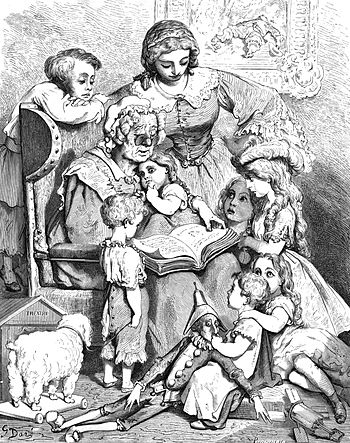
In true stories, as well as most conventional fiction, when characters move about, do things, say things, and interact with one another or with their environments, they operate logically. That is, we understand their motivations. The chicken crosses the road not simply to get to the other side, but because she wanted something over there.
Motiveless motion
On the other hand, characters in fairy tales operate differently. They don’t act like real people. In their book, Social Memory: New Perspectives on the Past, James Fentress and Chris Wickham explain that within folk tales (of which fairy tales are a subset), everything follows convention — the setting, the plot, the characters — all of it must follow the formula. And so people do things that in real life would raise serious questions. However, in their fairy-tale setting, we suspend disbelief.
In ‘The Juniper Tree’, the mother does not ask how and why she has become pregnant, nor how or why she is to die in giving birth. Similarly, there is no particular reason why Ann-Marie gathers her brother’s bones and buries them under the juniper tree; she just does so. The father is given no personality at all; he merely serves to accomplish the thematic business of eating the ‘beast’.
This motivelessness is typical. The behaviour of fairy-tale characters is governed by a set of themes which specifies the way in which a particular series of actions must be performed, and it is this thematic logic, rather than a character’s psychology, that is frequently behind the character’s action. Even though there is nothing in the story that gives Ann-Marie reason to know this, she must bury her brother’s bones at the foot of the tree that marks his mother’s grave because this is the way the particular narrative motif works. Unless the bones of the slaughtered beast are gathered in its ‘skin’ and placed beside its mother, it cannot be resuscitated. (Fentriss and Wickham, 1992, p. 65, emphasis mine)
Essentially, in these stories people serve functional purposes. As the authors put it, they are “embodied functions.” In fact we would be committing a categorical mistake if we focused on their psychological motivations. It’s much the same in the stories we read in the gospels. Consider the tale of the disciples walking through the wheat fields, deciding on the spur of the moment to eat some of the grain. Continue reading “The Motiveless Behavior of Fairy-Tale Characters”
